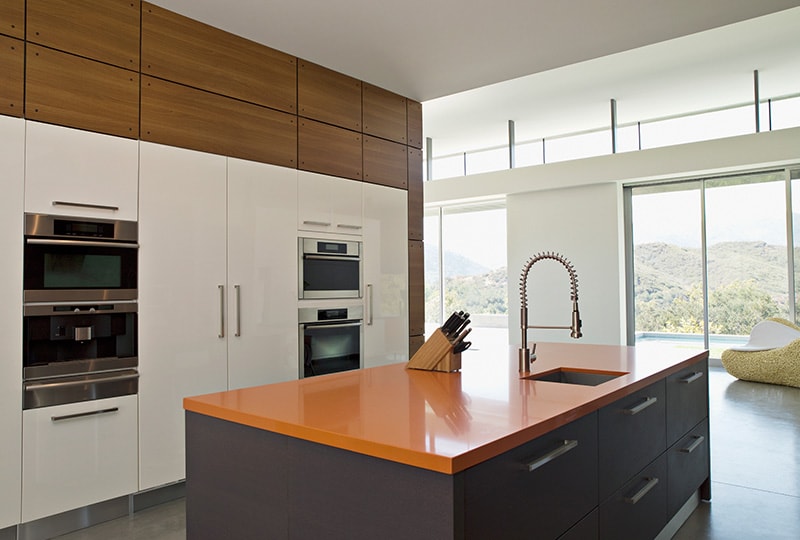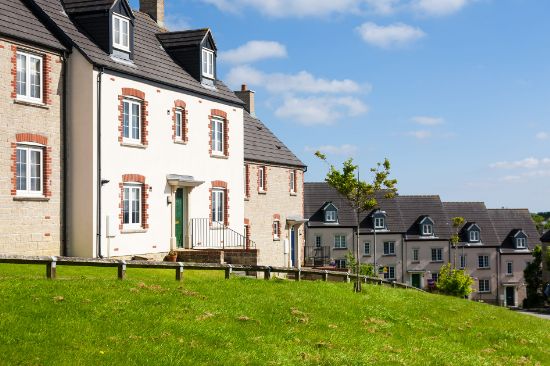Most homeowners pay little attention to the finer details of the ownership and title of their properties. That’s what solicitors are for. However, the chances are that if you bought a residential flat (and in some cases houses too), you may have a lease on it, which means you don’t technically own it.
On rare occasions those leases may contain a highly restrictive absolute prohibition on making alterations or improvements to the property. Other times, it might be silent on the subject, meaning that the leaseholder does not need to ask the landlord for permission before commencing improvements or alterations to the flat. In either case it should be carefully checked beforehand. More commonly, though, a lease will have a restriction on the extent of alterations or improvements that can be made to a flat without the landlord or freeholder’s permission.
You ignore these alteration clauses at their peril.
To clarify; when leases refer to improvements or alterations to the flat, it generally refers to such things as moving or removing walls, moving or installing a bathroom or kitchen in another part of the property, or making any kind of structural alterations. It generally does not include painting your flat or redecorating, although installing floorboards and/or removing carpets can be restricted in many flat leases.
Furthermore, making a request for the landlord’s consent may not just be a matter of making a telephone call or writing an email. If the work is extensive, the landlord may want to employ their own surveyors and/or structural engineers and solicitors. If the work is structural they may want their surveyor to prepare a schedule of the condition of the other flats in the block. In turn, plans may need to be submitted for the proposed works and then approved; the permission subject to compliance with building regulations and planning control, including special obligations for conservation areas and listed buildings. There may also be a need to adhere to Party Wall legislation and to consider whether anyone’s rights are affected (either under their lease or, for example, rights to light). A landlord, naturally, will want to minimize his exposure to a claim by any other lessees or neighbours. They may also seek the payment of a premium.
If permission was not sought before the work was carried out, the leaseholder usually has very little leverage to negotiate retrospective consent without higher legal fees and, potentially, the payment of a premium to the landlord as well as his costs. They will also be in breach of their lease and, there is the possibility this could result in a costly Leasehold Valuation Tribunal and/or Court proceedings. In the most extreme cases, this could result in the forfeiture of the lease.
Mostly, owners are blissfully unaware they have breached the terms of their lease by making simple improvements or alterations to their flat. The only time they find out is when they try to sell it. What usually happens is that the flat owner puts it on the market, finds a buyer, and then instructs solicitors. It then emerges alterations or improvements have been undertaken without the landlord’s consent. The sale becomes delayed and the vendor has to go, with his tail between legs, to the landlord to ask for retrospective consent, which he does not have to give and can prove costly.
If the situation is not resolved, the flat will often have to be sold for a lower price.
So, if you’re not sure if your proposed work qualifies for consent under the lease, just ask your solicitor. It is a lot cheaper to ask them to review it than it is to deal with the consequences of failing to get the required permission.
The information we provide is our personal opinion and should not be relied upon for legal advice. Should you need legal advice or guidance please contact an appropriate professional.


